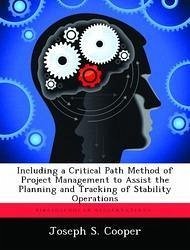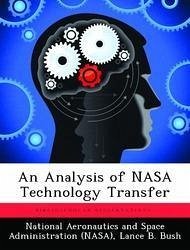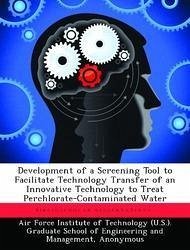Nicht lieferbar

Tracking Overhead ORTA Costs in Technology Transfer Activities
Versandkostenfrei!
Nicht lieferbar
An ever shrinking Research and Development (RD) budget, coupled with a widespread perception in industry and government that the nation is not realizing an adequate return from its substantial investment in the federal laboratory system, has paved the way for an increase in the transfer of technology from the federal laboratories to the private sector. However, the increase in technology transfer comes at a price as each federal laboratory with 200 or more scientific, engineering, or related positions is required to have at least one full time Office of Research and Technology Applications (OR...
An ever shrinking Research and Development (RD) budget, coupled with a widespread perception in industry and government that the nation is not realizing an adequate return from its substantial investment in the federal laboratory system, has paved the way for an increase in the transfer of technology from the federal laboratories to the private sector. However, the increase in technology transfer comes at a price as each federal laboratory with 200 or more scientific, engineering, or related positions is required to have at least one full time Office of Research and Technology Applications (ORTA) position. The objective of this research is to determine the indirect cost of performing technology transfer by identifying the resources consumed by several key ORTA organizations and the activities performed within these organizations. A previous research effort into the direct labor side of technology transfer activities identified several steps of the Transfer Master Process which had little or no resources expended. It was hypothesized that the ORTA organizations, which are considered indirect labor by most costing methods, would expend considerable portions of their resources on these activities.












